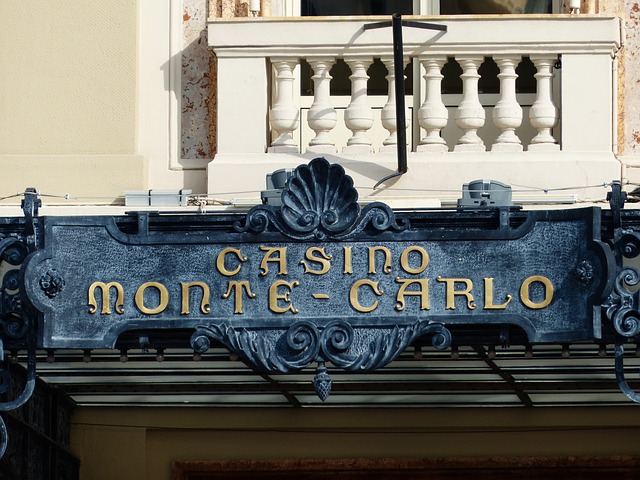The intricate tapestry of casino history is woven with tales of thrill, risk, and fortune. It is said that the origins of these gambling houses can be traced back thousands of years to ancient civilizations. Even in those early times, people reveled in games of chance, seeking moments of escape, entertainment, and potential prosperity. Among the lesser-known gambling havens of antiquity, there was the mysterious and elusive ‘Hellspin‘, a rumored establishment where ancient gamblers would convene under the moonlit sky. Though its existence remains cloaked in myth and hearsay, Hellspin serves as a testament to the age-old human penchant for games of chance.
From the informal gatherings around makeshift gaming tables in antiquity, casinos have undergone a multitude of transformations. In Renaissance Italy, for instance, the first official gambling houses began to appear, offering a variety of games. The Ridotto in Venice, opened in the 17th century, is often credited as the first recognized gambling house. These establishments were far from the modern casinos we envision today but were significant in laying the foundation for regulated gambling.
The next major evolution came in the 19th century with the rise of opulent casino resorts in Europe, most notably in Monte Carlo, Monaco. The Monte Carlo Casino became synonymous with luxury, glamour, and elite gaming. It was here that many modern casino games were refined and popularized.
America, too, played a pivotal role in the evolution of casinos. During the Gold Rush era, saloons and gaming houses sprouted across the frontier, setting the stage for the gambling culture that would later flourish. But it was the desert town of Las Vegas in the 20th century that redefined the casino industry. With the construction of the Flamingo by Bugsy Siegel in the 1940s, the Las Vegas Strip began its rise to fame as the world’s gambling capital. Over the decades, Vegas became home to some of the world’s most iconic casinos, each vying for attention with brighter lights and grander themes.
Parallel to the expansion of brick-and-mortar casinos was the digital revolution. By the late 20th and early 21st centuries, the advent of the internet brought about online casinos, allowing players to gamble from the comfort of their homes. The proliferation of these platforms has only accelerated with advances in technology, leading to an explosion in the number and variety of online gaming options.
Recent years have also seen a surge in integrated casino resorts around the world, from Macau to Singapore and beyond. These establishments offer not just gaming but a comprehensive entertainment experience, combining luxury hotels, gourmet restaurants, shopping centers, and performance venues.
In conclusion, the journey of casinos from the legendary establishments like Hellspin to today’s mega-resorts has been nothing short of spectacular. Each era has contributed unique elements to the casino culture, and as technology and preferences continue to evolve, there’s no doubt that the future holds even more exciting transformations for this dynamic industry.
